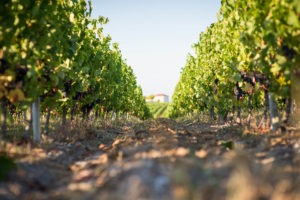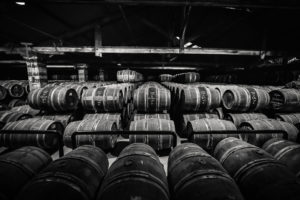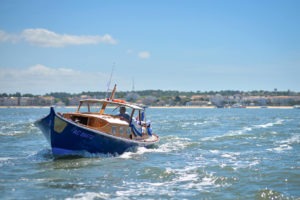Japanese sake is 85% water… We repeatedly emphasize the importance of water: its quality, its hardness or softness, its origin… Certain waters, such as the Miyamizu spring in Hyogo Prefecture or the Fushimi spring in Kyoto, are star waters. We know their composition in terms of mineral salts and trace elements. There are even rumors that some houses modify their waters so that their compositions are identical to these star waters.
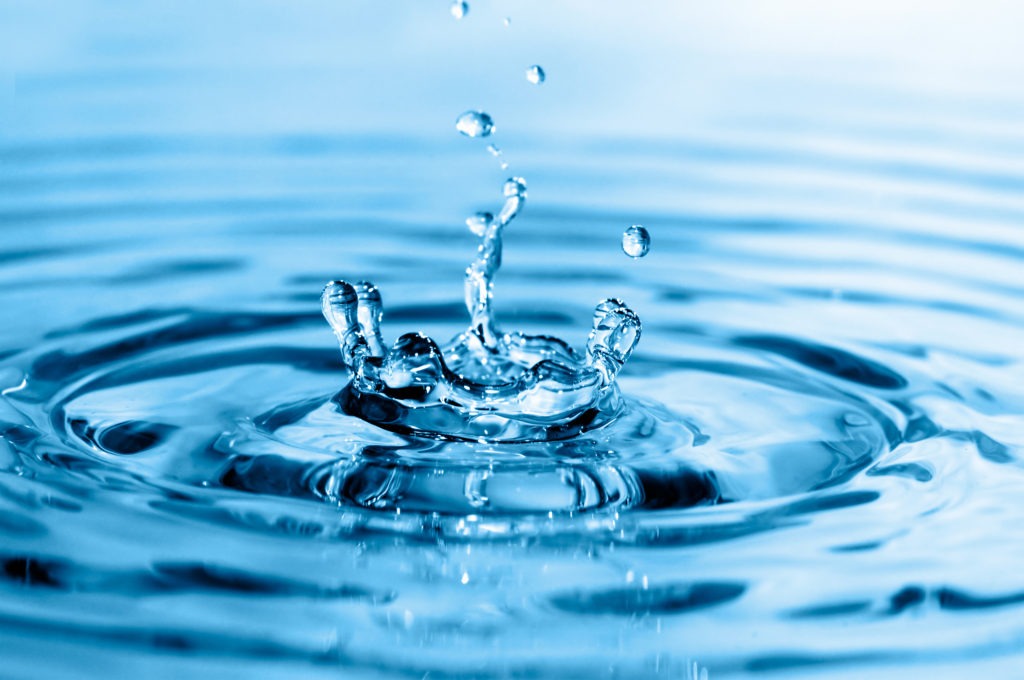
Today I wanted to immerse myself in the atypical waters used to make Japanese sake. Because water in marketing is important. Many brands highlight the purity of water when ultimately no water is pure: there are always mineral salts and trace elements!So what atypical waters could we use in making sake? Focus on waters that we wouldn’t have thought of!
- Deep Sea Water – Amami no mizu
Deep water is generally water found more than 200 meters deep. Colder, darker and uncontaminated by pollution, they are waters filled with mineral salts, especially salts, phosphorus, nitrogen and silicic acids (stimulating the synthesis of collagen according to studies). It is therefore hard, strong water with a lot of minerals (calcium and magnesium). Deep Sea Water is extracted from a depth of 344 meters at a distance of 2200 m from Muroto town in Kochi Prefecture. It is with this (desalinated) water that Maison Tosatsuru produces Azure, a dry, powerful and fresh Junmai Ginjo.
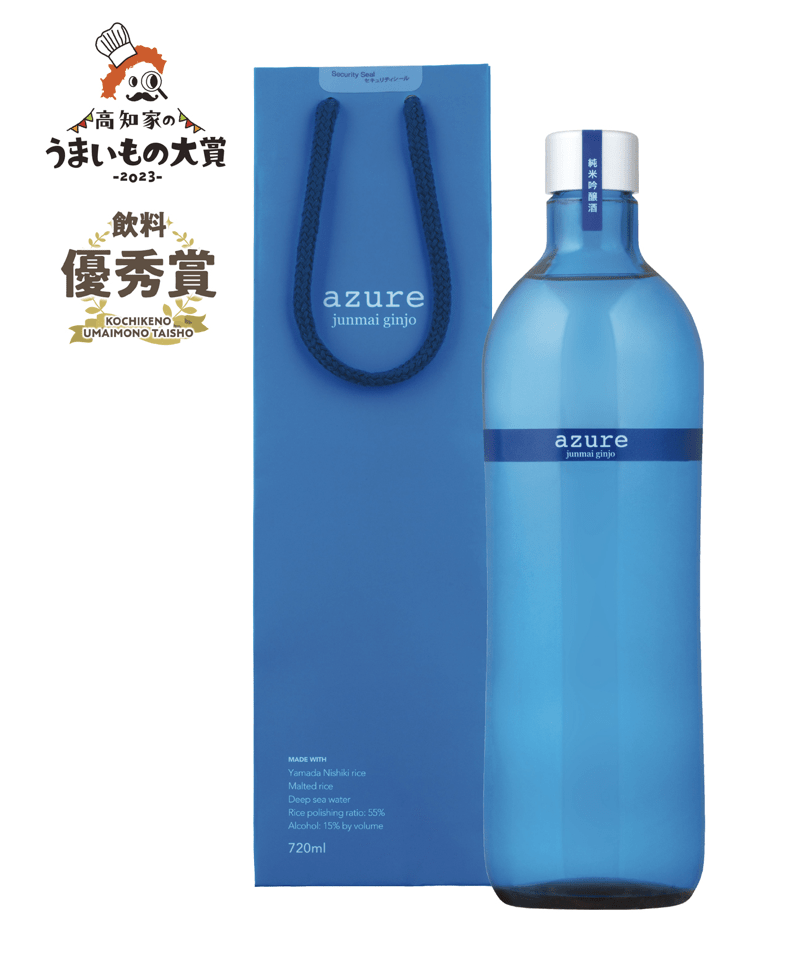
- Canadian Deep Sea Water
It is surely the only sake in the world to have had this experience: taking water from another country to make its Japanese nihonshu. Maison Kawashima decided to take deep Canadian waters to make its Junmai. But this is water from the melting of icebergs which was deposited in the depths.
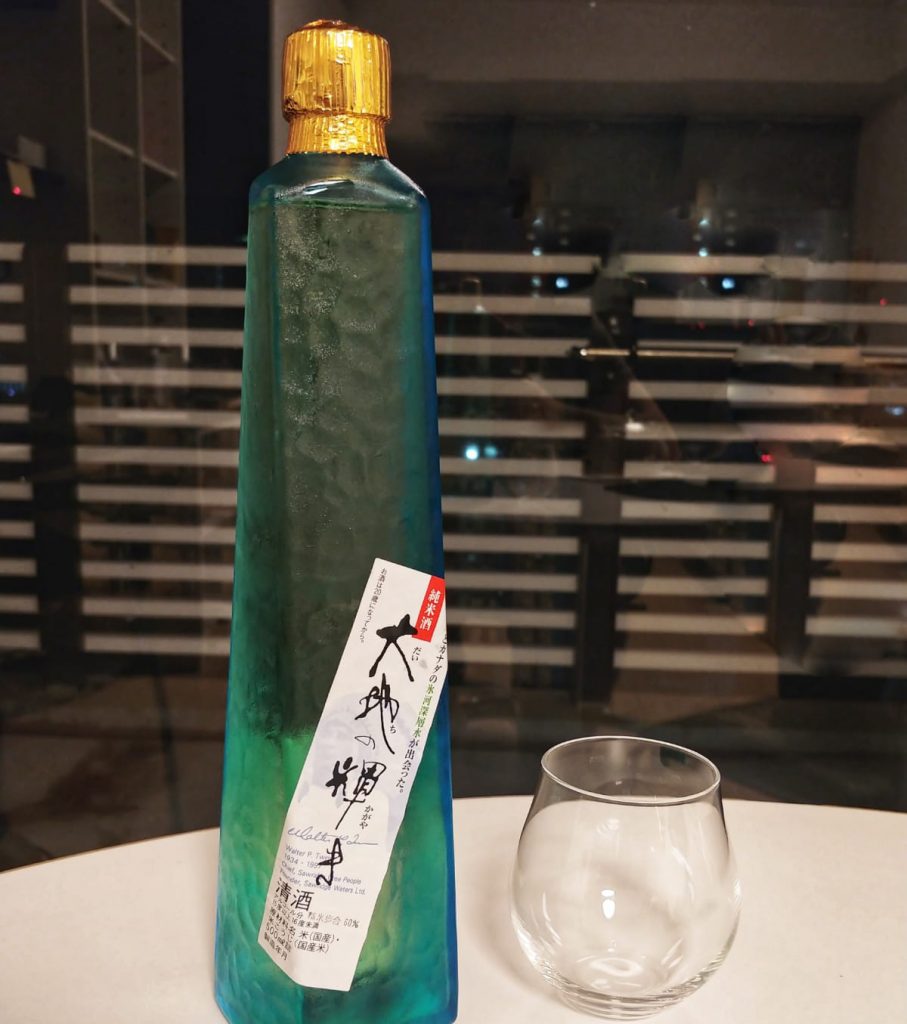
- Artesian water
Artesian water is by definition water that flows naturally like a fountain because of/thanks to the pressure present in the underground source. It’s not rare but it’s not common. There are certain artesian waters which are bottled and this will always be specified on the label, such as the famous Fiji. Maison Imago Tsukasa uses artesian water from Niigata which springs up at Mount Suganatake to make its Junmai. This gives rise to a dynamic sake with liveliness and fruit.
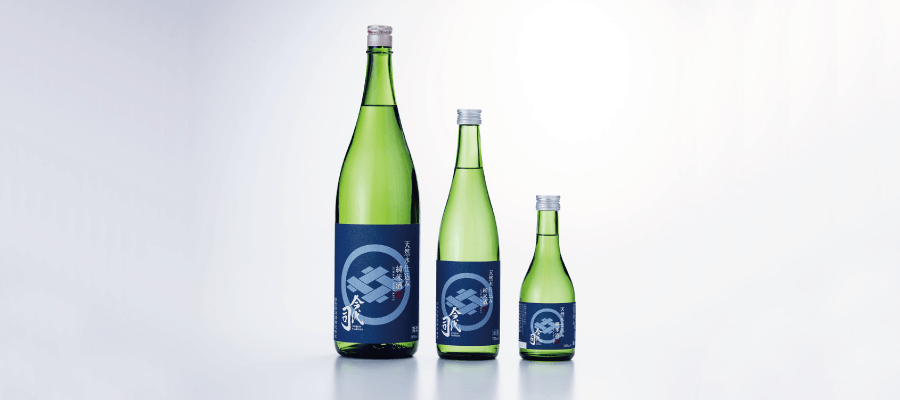
- Snow water
Japan is a country that experiences harsh winters. Some areas like Niigata Prefecture are nicknamed “Land of Snow”. Maison Tsunan, which is also from this area, released a limited edition called Yukikamoshi. A sake made with snow water during winter. Where they are located, snow can deposit a blanket of 4 meters! Needless to say, they have plenty to do…
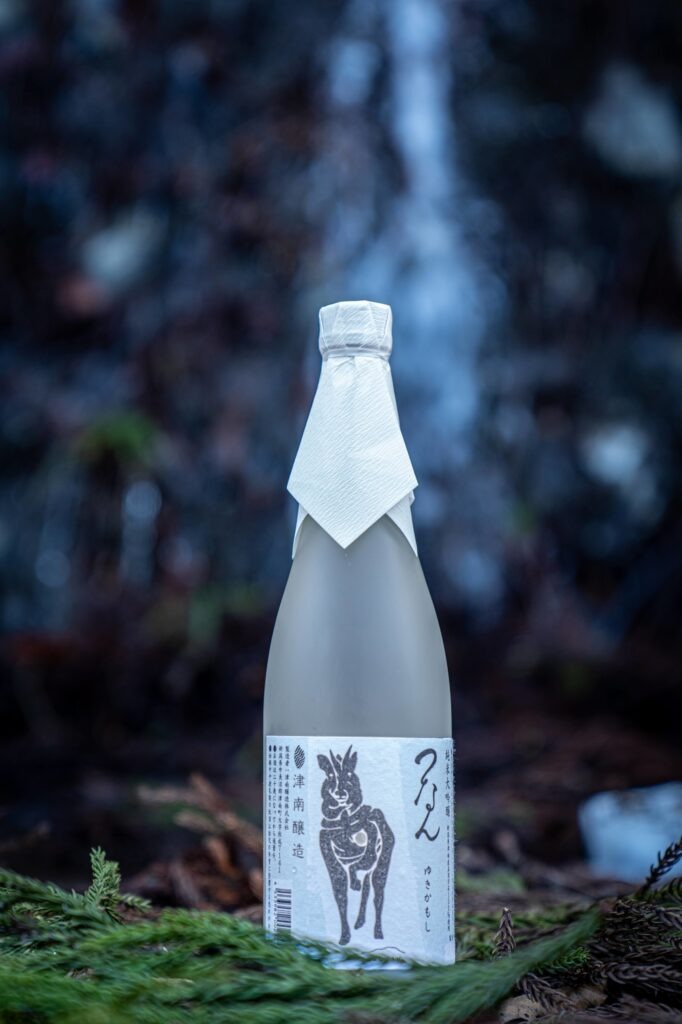
Here are some waters which are therefore atypical in the creation of Japanese sake. This subject was not that easy to approach. I really thought I was going to find totally crazy waters: sparkling water, sea water, modified water, flavored water… to make sake. But, not at all. It seems that for this ingredient, so important, Japan has remained very very traditional and purist. While for yeasts, we can see the development of new strains, flower yeasts, yeasts that have been in space, under the sea… In short, a lot of innovations just like for rice which is modified. Water therefore remains a real skeleton for the production of Japanese sake!

#France Bleu Gironde broadcast from March 12, 2024 with Marie-Corine Cailleteau: click on the link to listen to the replay more easily and go to my Instagram @chloeandwines to see my appearance on the radio in Reels!

